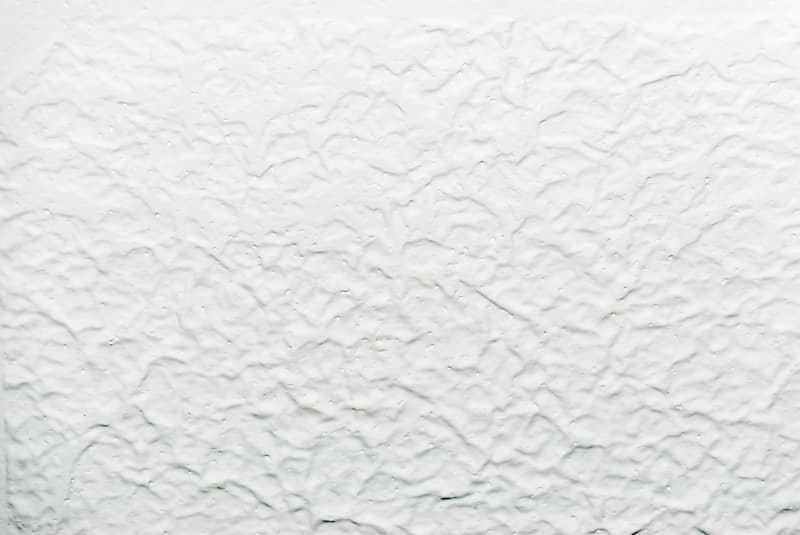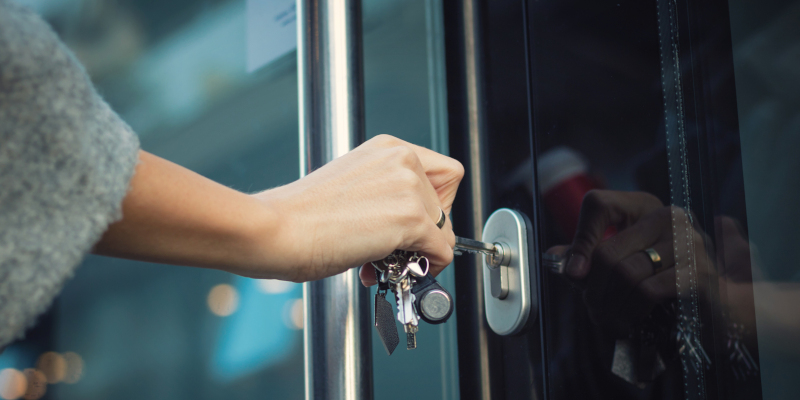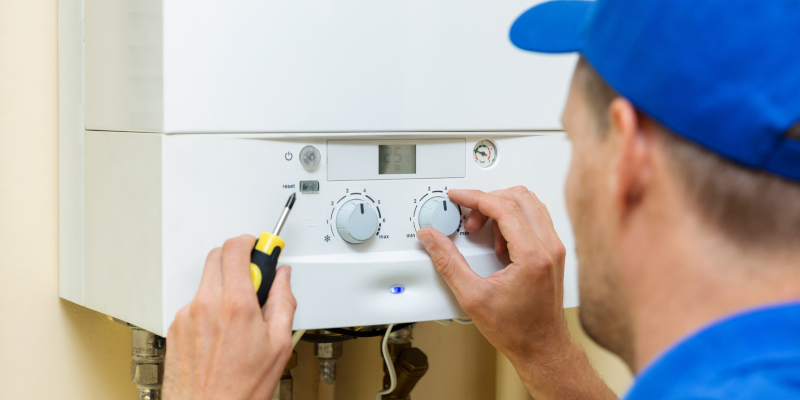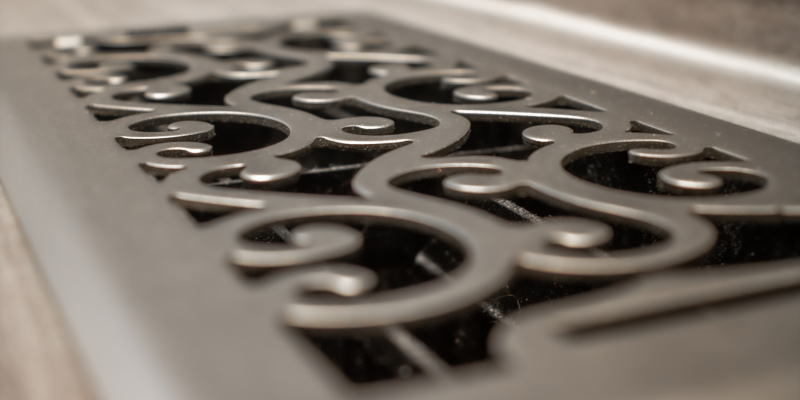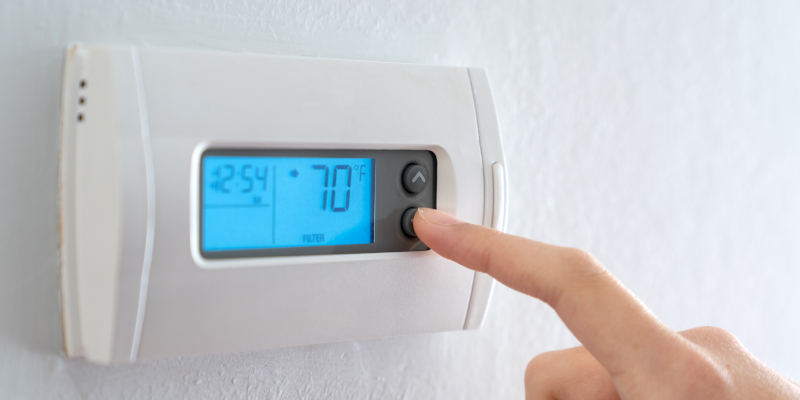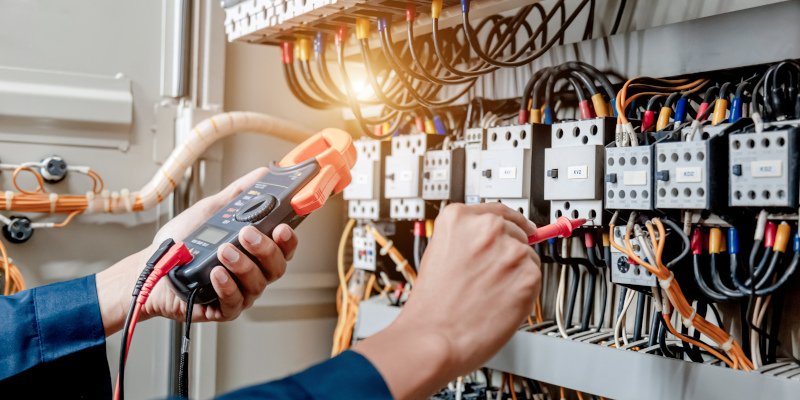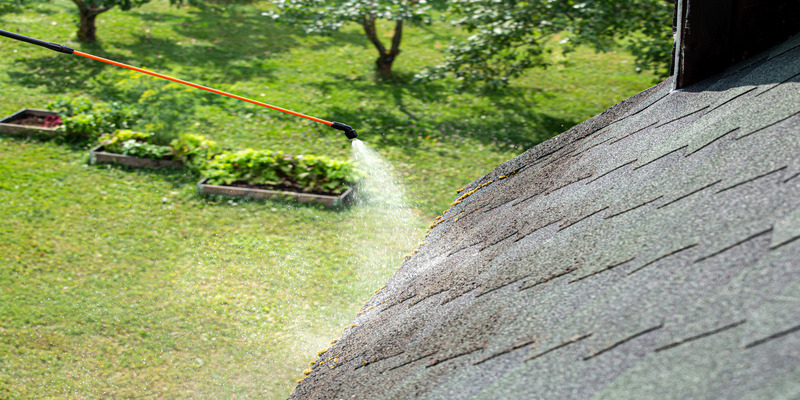If you have an older home with popcorn-style textured ceilings, you already know that this look makes your home look dated. It may have been popular back in the 1950s or so, but not anymore. It isn’t just that it is out of style, but it is also difficult to clean and repair. You want it gone and you are thinking, “how hard could it be?” Before you decide to tackle textured ceiling removal on your own, consider these potential headaches:
- Asbestos or Lead – Not only do older homes have outdated textured ceilings, but they could also have asbestos or lead if the popcorn finish and paint was installed before 1979. Do not undertake any method of textured ceiling removal without having it tested first.
- Dry or Wet Method? – Other than drywalling over the textured ceiling, there are two other main methods for textured ceiling removal – dry scraping and wet scraping. There are dangers involved with each type. Dry scraping is going to result in a lot – yes, A LOT – of dust. There is no way around the fact that it is a slow, messy process. Wet scraping means less dust, but things can still be quite sloppy. Spraying the ceiling with water to loosen it up can get absorbed into the drywall and provide a few more headaches than you may want to deal with. If nothing goes wrong, this can work out to be a bit quicker.
Some companies prefer to utilize the wet method to cut down on dust in the home. Some companies also do repair if there’s a problem with the drywall. Then they complete your textured ceiling removal by sanding and painting the ceiling, as well as completely cleaning up, so the only way you know they were there is you have a beautiful new ceiling. It may lack the grandeur of Michelangelo’s Sistine Chapel but you’ll still love the results!

